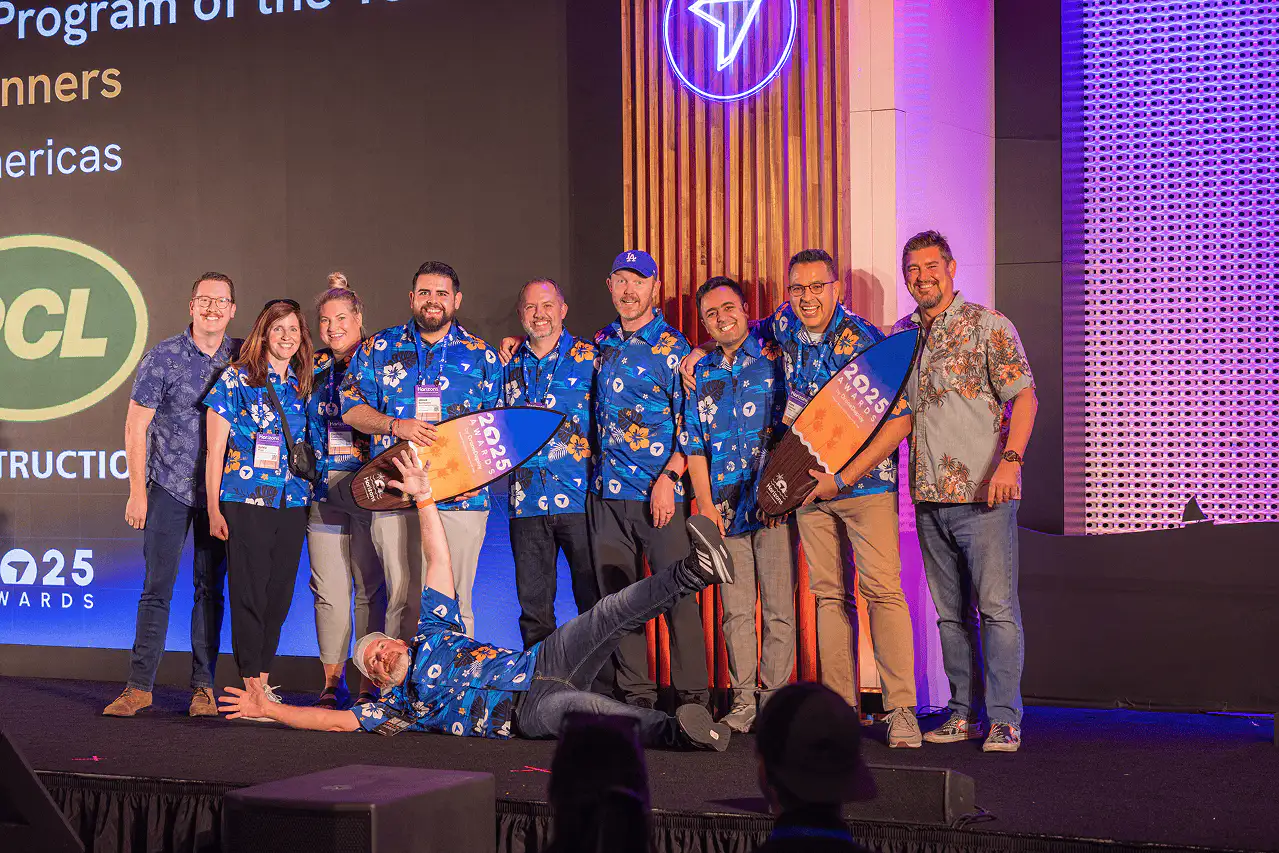Inspiring the next generation of conservationists with drone mapping analysis in CitizenScience GIS and DroneDeploy

Quick Summary
The University of Central Florida’s CitizenScience GIS initiative, backed by the National Science Foundation, is training underrepresented high school students in environmental research using drone technology. Focused on monitoring the decline of vital eelgrass habitats, students collect field samples and map meadows with drones across 20 sites.
DroneDeploy's intuitive platform enabled students to plan, fly, and process drone missions within days, offering them a hands-on introduction to conservation tech. Now, UCF is expanding the program with drone certification training, empowering future generations to lead in science, conservation and drone operations.
More and more, industries around the world are recognizing the power of reality capture to map, survey, and inspect job sites. With this comes a surge in demand for skilled drone operators, highlighting the need for education – and inspiration – surrounding reality capture technologies. The University of Central Florida is meeting both those needs with their CitizenScience GIS initiative that combines environmental research with community engagement, and inspiring the next generation of drone operators.
xSupported by a grant from the National Science Foundation, UCF’s CitizenScience GIS project helps underrepresented high school students foster a sense of curiosity and ownership around their environment. They do this by training students on all aspects of conservation research: mapping geographical data, uploading data sets, and collecting samples on site.

The importance of eelgrass
Eelgrass is vital to marine ecosystems. Their beds not only reduce erosion by trapping sediment to minimize the effects of tidal energy, they also provide critical foraging and spawning areas for a variety of fish species. And after noticing an alarming decrease in eelgrass cover nationwide, UCF’s conservation team began to analyze coastlines through high-resolution drone imagery.

DroneDeploy’s role in empowering students
CitizenScience GIS is using their eelgrass research as an opportunity to give students hands-on conservation experience. Working across twenty separate eelgrass sites, students coordinated data captured from drone flights with on-site sampling across a range of points within each meadow. The simplicity of DroneDeploy’s platform was key toward flattening the learning curve for these students, as they were able to get up and running on a mission – everything from planning the flight itself to backend imagery processing – within just three days.
To see the power of drone technologies realized by our K-12 teachers and youth scientists was really energizing. They are the future of science and technology, and what better way to have them learn about science than by having them join us in the fieldwork engaging with important technologies.
– Timothy Hawthorne, Associate Professor, Graduate Director

Looking Ahead, Flying Above
Drones are more than technical tools; they are catalysts for the future of conservation. It’s why UCF is taking the next step in their curriculum by developing a drone training course so research partners can prepare for the FAA’s part 107 examination. And as initiatives like CitizenScience GIS continue to evolve, they will usher in a transformative era of conservation where improved visibility benefits our environment — and generations to come.
This work was supported by the National Science Foundation Division of Ocean Sciences Biological Oceanography Program Award #2015212 to Citizen Science GIS at University of Central Florida.
FAQ
Related articles
Ready to manage your data from the very start?
Book a quick call to see how DroneDeploy streamlines capture from construction through building ROI.
.svg)
.png)


